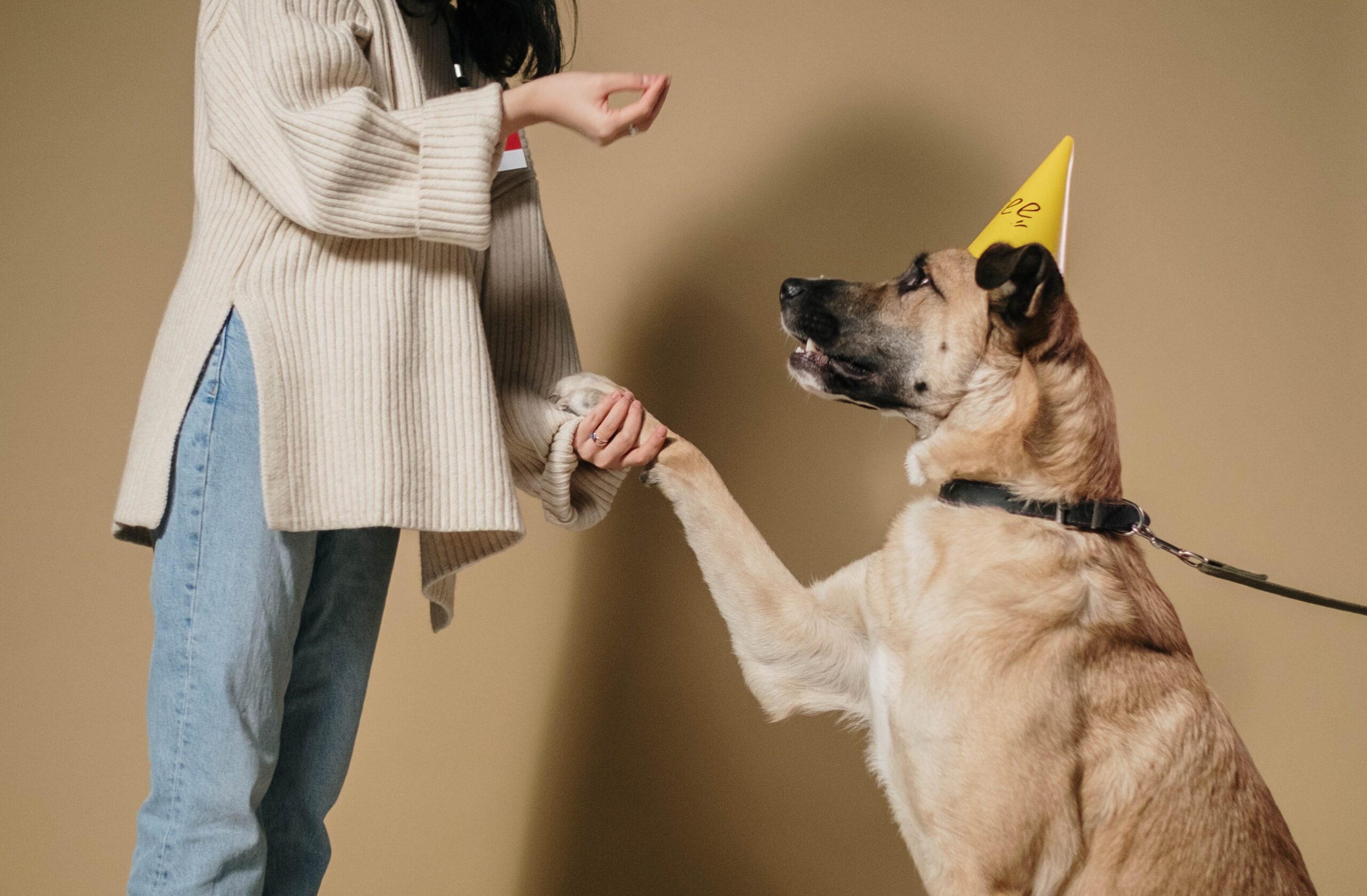Benefits of Crate Training Your Pet: A Comprehensive guide
Crate training is an excellent method to train your pets. It is a common misconception that crate training is cruel or inhumane. However, when done correctly, it can have numerous benefits for your pet’s behavior and well-being. The benefits of crate training your pet will provide a good environment for both of you and your furry friend.
In this article, we will discover the benefits of crate training your pet for a well-behaved companion. Improve obedience and reduce stress.
Benefits & Importance of Crate Training Your Pet:
Crate training can provide numerous benefits for both you and your furry friend. It helps with potty training, prevents destructive behavior, and can create a safe haven for your pet. Additionally, crate training can reduce anxiety and stress for pets, making it an important aspect of their overall well-being. With consistency and positive reinforcement, crate training can be a valuable tool in creating a happy and well-behaved pet.
Provides a Safe Haven:
A crate provides a safe space for your pet, which is especially important when they are feeling anxious or stressed. For example, if you have guests over, and your pet is not comfortable around strangers, they can retreat to their crate to feel safe and secure. A crate can also serve as a “den” for your pet, mimicking the natural habitat of dogs and their ancestors.
Helps with Potty Training:
Crate training can help with potty training your pet. Dogs naturally avoid going to the bathroom where they sleep, so if your dog is in a crate, they are more likely to hold it until you let them outside. This method can be especially helpful if you are trying to potty train a puppy.
Reduces Destructive Behavior:
Pets can sometimes become destructive when left alone, chewing on furniture, or tearing up the carpet. However, a crate can help prevent this behavior by providing a safe place for them to stay when you are not around. It also helps to establish boundaries and teaches your pet what is acceptable behavior.
Facilitates Travel:
Crate training is also beneficial when traveling with your pet. It is much safer for your pet to be in a crate while driving, as it reduces the risk of injury in case of an accident. It also makes it easier to bring your pet on an airplane or to a hotel, as many places require a crate for pets.
Makes Vet Visits Easier:
Many pets become anxious or stressed when visiting the vet. However, if your pet is already crate trained, it can make the process much easier. Your pet will feel safe and secure in their crate and may be more comfortable during the examination.
In conclusion, crate training can have numerous benefits for both you and your pet. It provides a safe haven, helps with potty training, reduces destructive behavior, facilitates travel, and makes vet visits easier. When done correctly, crate training can be a humane and effective way to train your pet.
Discover all You Need to Know about Training and Behaviour for Your Pet

